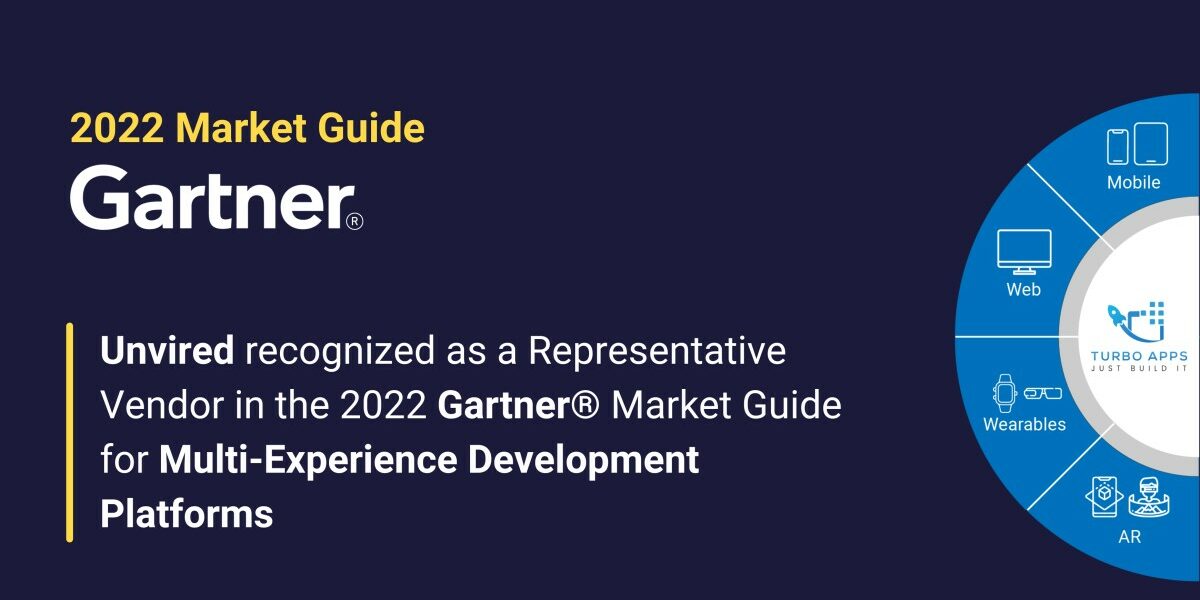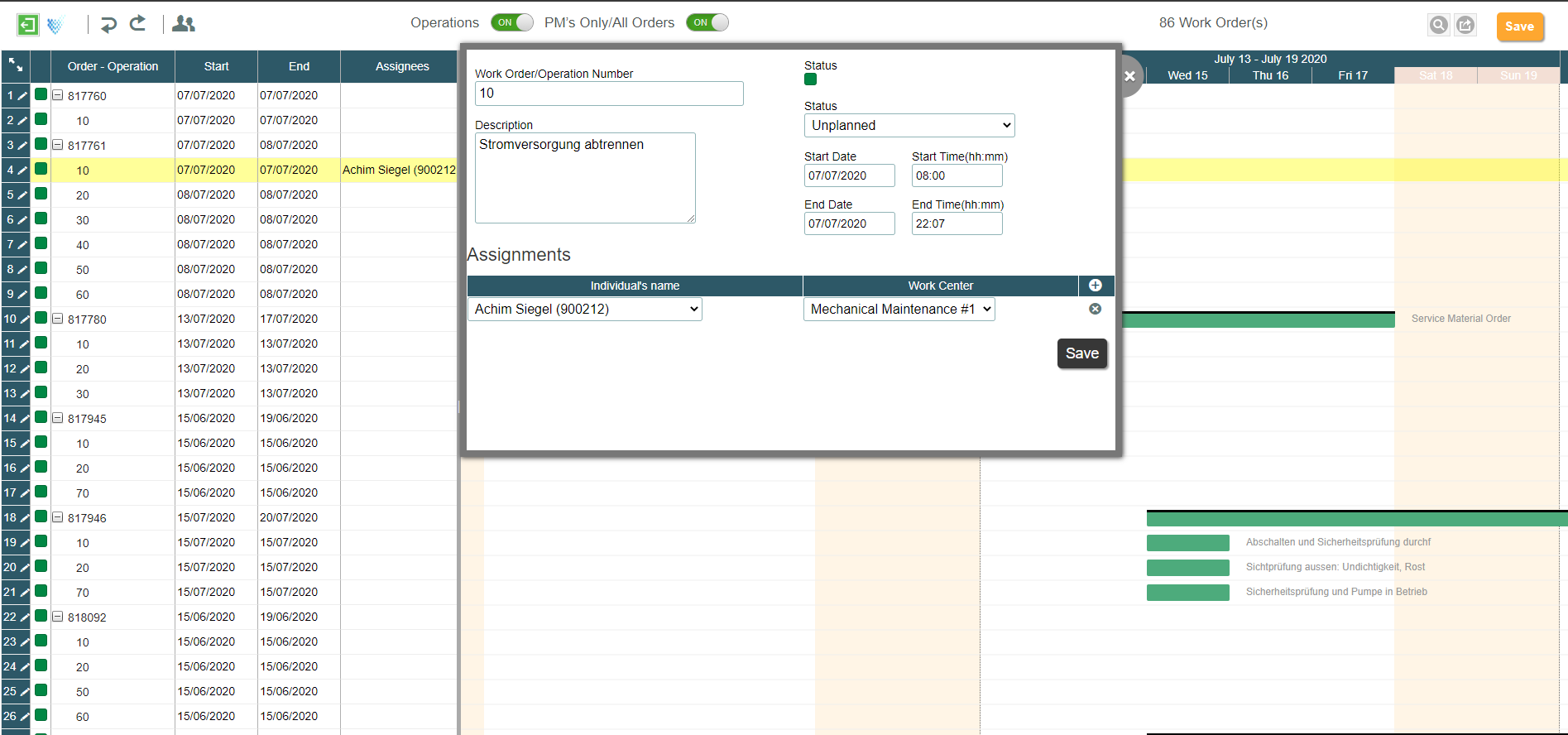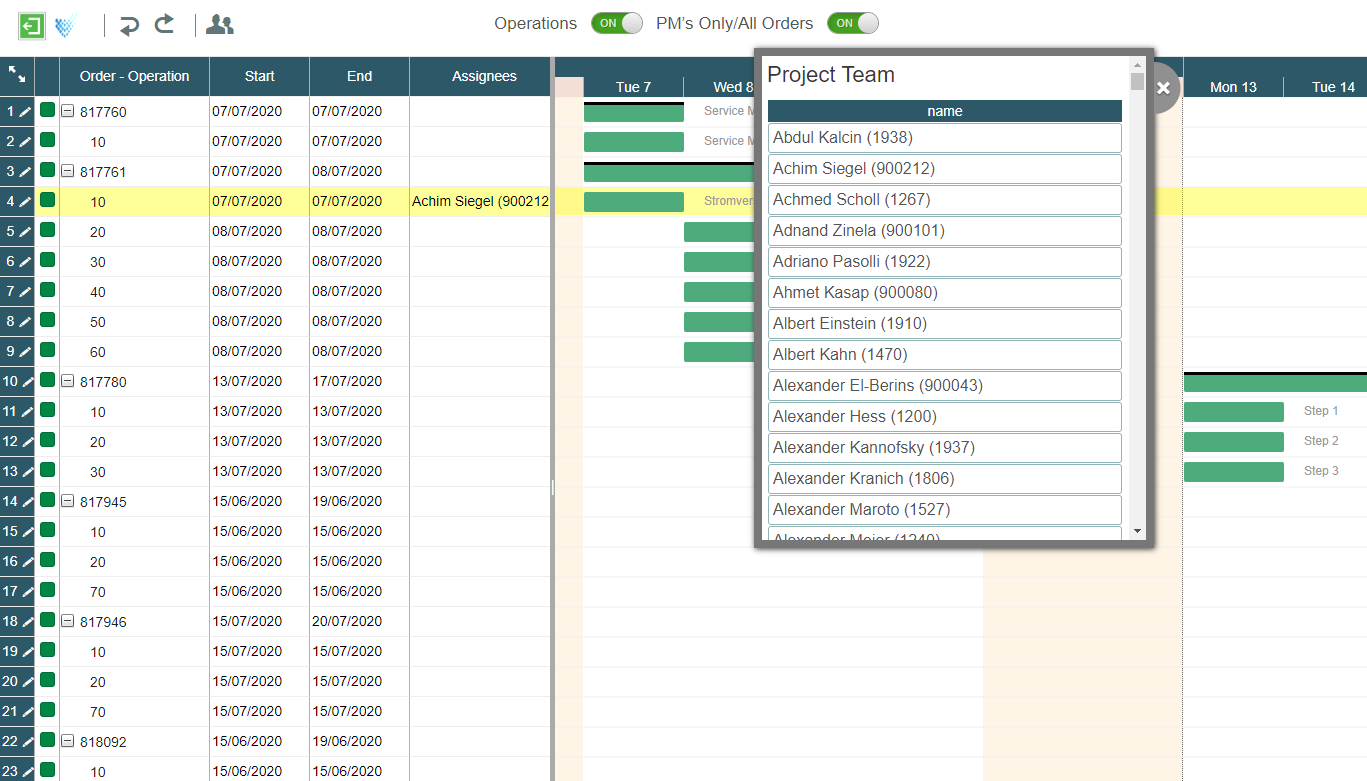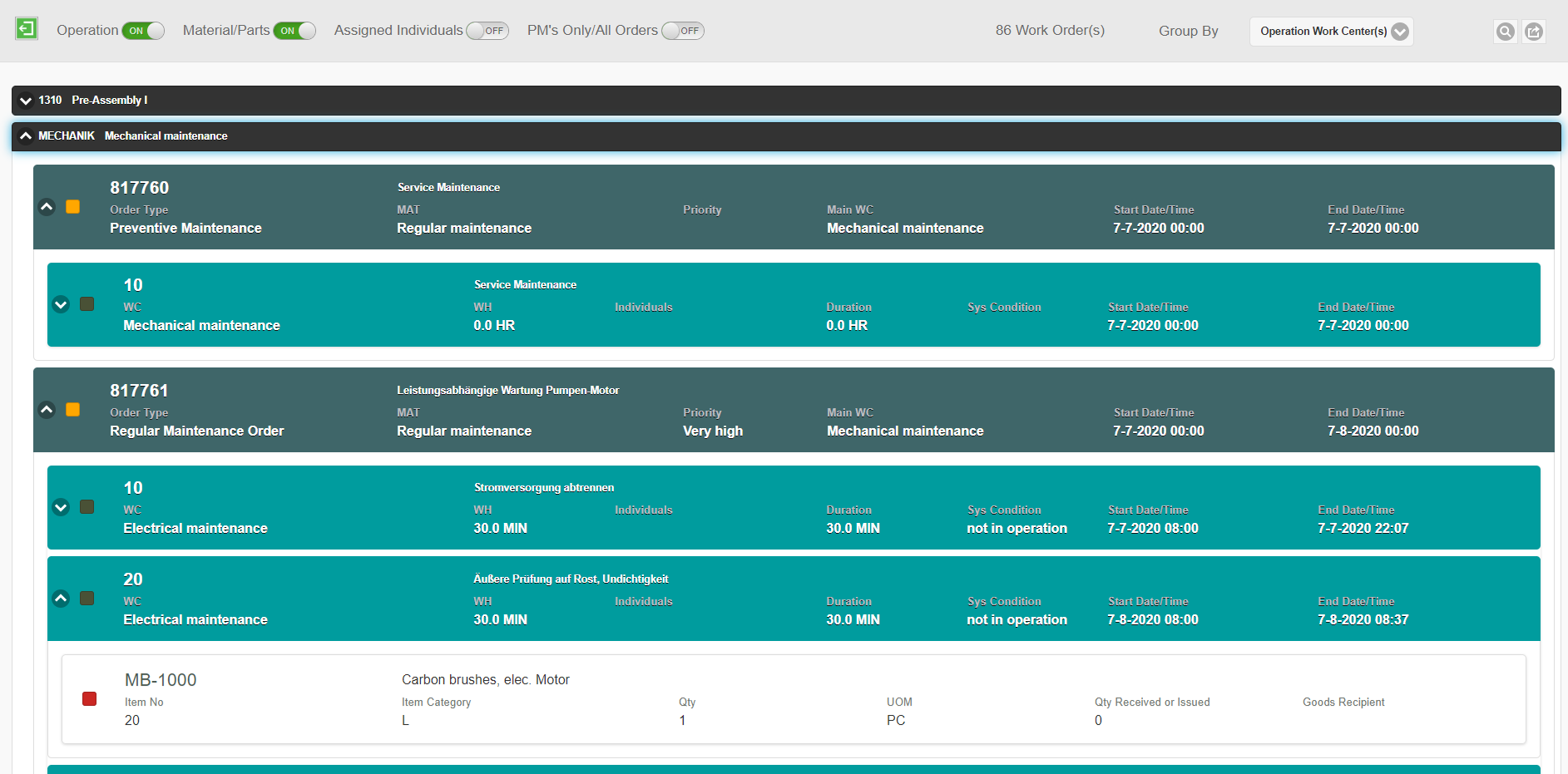In today’s digital era, businesses are generating massive volumes of data every second. But, data without context or insights is just noise. With fragmented data systems, siloed analytics teams, and complex integrations, business often struggle with high costs, poor collaboration, and slow decision making.
Microsoft Fabric addresses these challenges with a unified SaaS-based data platform. It streamlines the entire data lifecycle—from ingestion to insight—by bringing together all essential data and analytics capabilities into a single, unified environment.
What is Microsoft Fabric?
Microsoft Fabric is a cloud-native, SaaS that consolidates critical data services into one integrated environment to break down data silos and enable cross-functional data collaboration. At its core, Fabric integrates the capabilities of:
- Data Integration (via Data Factory)
- Data Engineering
- Data Warehousing (via Synapse)
- Real-Time Analytics (via KQL/Eventstream)
- Data Science/ML (with Notebooks & MLflow)
- Business Intelligence (via Power BI)
- Unified Governance (via Microsoft Purview)
| Microsoft Fabric: Component | Description |
|
OneLake |
Unified data lake with native Delta format; shared across all workloads |
|
Synapse |
Offers data engineering, data science, and data warehousing capabilities |
|
Power BI |
Fully integrated BI layer with Direct Lake access to fast, real-time analytics |
| Data Factory |
For low-code/no-code pipelines and data transformations |
|
KQL & Eventstream |
Real-time analytics with native support for time-series data |
|
Notebooks/MLflow |
Integrated Spark, notebooks, and ML lifecycle support |
| Microsoft Purview |
Built-in governance, data cataloging, and security controls |
This means you no longer need to stitch together separate services. With Fabric, your entire data team—data engineers, analysts, scientists, and business users—can work from a single unified environment.
How Microsoft Fabric Makes the Job Easier?
Before Microsoft Fabric, building an end-to-end analytics solution in Azure required configuring and integrating multiple services separately—each with its own interface, storage layer, and security model. Fabric eliminates this complexity by delivering a single SaaS platform that is unified at every layer—interface, data governance, storage, and user access.
Traditional Azure Services vs Microsoft Fabric: Before Vs After

Microsoft Fabric: Key Capabilities
- SaaS Simplicity: Fabric is a fully managed SaaS solution—no infrastructure provisioning, patching, or tuning required.
- OneLake – Unified Storage: All data workloads connect to OneLake, a single logical data lake with native support for the Delta format.
- DirectLake Mode: Power BI can directly query OneLake without having to import data, reducing latency and improving performance.
- Copilot Integration: AI-powered Copilot helps users build flows, write SQL queries, and generate reports using natural language.
- Built-in Governance & Security: With Purview, enforce data policies, manage lineage, and control access at granular levels.
- End-User Experience: Admins can publish Fabric Apps for business users with curated views and governed access—making insights easily consumable on desktop or mobile.
Business Benefits:
- Faster Time-to-Insight: No waiting on data movement – insights are available in near real-time.
- Lower TCO: Integrating multiple tools into Fabric helps reduce licensing, integration, and admin costs.
- Reduced Operational Overhead: SaaS delivery reduces reliance on DevOps/infrastructure teams.
- Stronger Governance: Centralized policy enforcement across all workloads.
- Future-Proof: As organizations move toward Gen AI, Fabric’s unified lake architecture positions them to easily plug in intelligent workloads.
Who Should Consider Microsoft Fabric?
Microsoft Fabric is an ideal fit for:
- Organizations already invested in Power BI, Azure, or Microsoft 365
- Data teams seeking ease of use over granular control
- Enterprises wanting to standardize their data architecture under a single umbrella
- Business users and analysts demanding low-code, self-service analytics
Final Thoughts:
Microsoft Fabric is a strategic enabler for data-driven transformation. It represents a significant paradigm shift in how modern data estates are built, governed, and consumed. With unified architecture, built-in AI, and robust governance, Fabric helps businesses move from data chaos to data clarity—fast.
Unvired Can Help You Get There
At Unvired, we are already working with a Chemicals customer based in the US to implement Microsoft Fabric for unified data analytics. Our deep expertise in enterprise data platforms and analytics enables us to support your entire data transformation journey—from planning and architecture to implementation and optimization.
Whether you’re exploring Microsoft Fabric for the first time or ready to roll it out at scale, we can help. Contact Unvired today to schedule a free consultation or request a customized demo.
Let’s build your intelligent data future—together.





















